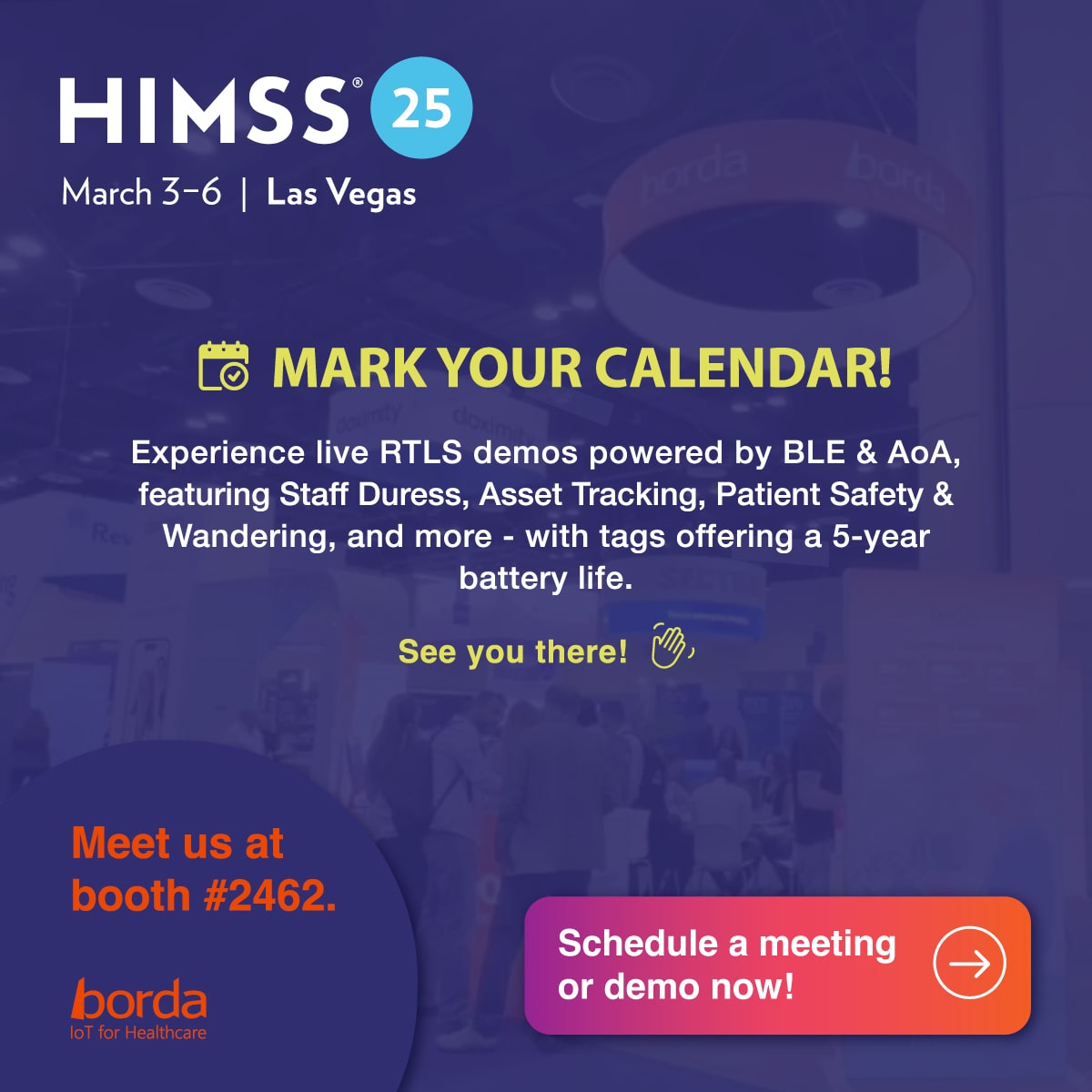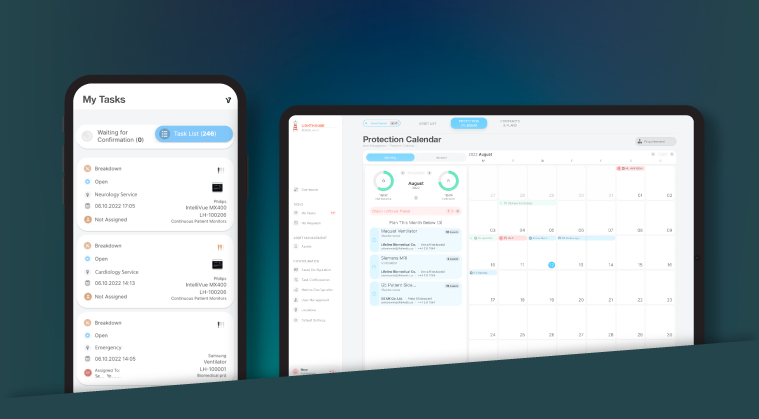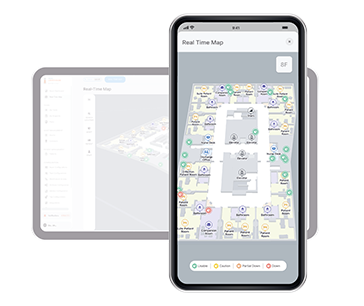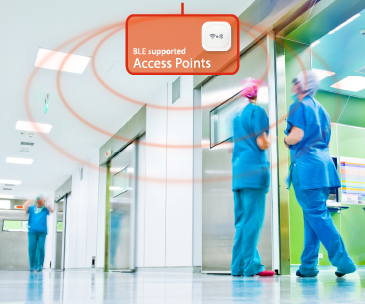
How Digital Transformation is Shaping Hospital Operations
How Digital Transformation is Shaping Hospital Operations
In the constantly evolving landscape of healthcare, innovation is not just a luxury but a necessity. Every decision made within a hospital can mean the difference between life and death. As hospitals strive to deliver superior patient care while managing operational complexities, the significance of digital transformation becomes increasingly pronounced. Digital transformation encompasses the integration of digital technologies to fundamentally alter how healthcare institutions operate and deliver care. Within the complex tapestry of hospital operations, digital transformation redefines patient care, operational efficiency, and safety.
Gone are the days of paper charts and manual processes. In their wake emerges a digital landscape filled with possibilities, where data is prioritized. By leveraging the power of advanced analytics, hospitals can gain a bird-eye view into their operations. At the heart of this transformation is the Hospital RTLS.
Why is Hospital RTLS “Must-Have” for Digital Transformation?
Efficient Hospital Asset Management through Hospital Asset Tracking
Hospitals have long faced the challenge of asset management, often encountering issues such as misplaced or underutilized assets, leading to inefficiencies and increased costs. With the integration of Asset Management solutions powered by BLE (Bluetooth Low Energy) and AoA (Angle of Arrival) technology, hospitals can pinpoint the exact location of assets in real-time. From IV pumps to wheelchairs, every asset can be tracked effortlessly, reducing search times and optimizing asset utilization.
RTLS Asset Tracking to Ensure Asset Availability for Patient Care
The availability of critical assets can be a matter of life and death. RTLS asset tracking allows hospital staff to swiftly locate and access required assets for each patient within seconds, reducing wait times and enhancing care efficiency. This results in a superior patient experience without life-threatening delays.
Through the utilization of real-time asset tracking capability, Asset Utilization product also enables hospitals to identify idle assets from heavily utilized ones. It provides insights into actual asset usage rates, making informed decisions regarding purchases and minimizing unnecessary expenses or rentals. This hospital RTLS tracking capability not only saves valuable time for staff but also ensures that critical assets are readily available when needed, ultimately improving patient care and safety.
Breakdown and Maintenance Management through Hospital CMMS
Integrating RTLS with Hospital CMMS (Computerized Maintenance Management Systems) streamlines asset maintenance/calibration and breakdown management. With Asset Maintenance Management (Hospital CMMS) products, healthcare facilities manage end-to-end maintenance and calibration operations seamlessly by scheduling, tracking and managing all activities more efficiently in a single centralized dashboard by eliminating paperwork. AI assistance within these solutions provides biomedical technicians with instant access to troubleshooting instructions and solutions, all readily available at their fingertips. RTLS integration breaks the boundaries of classical CMMS by instantly providing the real-time location of mobile assets and biomedical technicians are instantly notified about any maintenance or breakdown requests on-the-go. This saves staff time, reduces asset search time, lowers costs, shortens patient treatment times, and ultimately improves operational efficiency.
Enhancing Overall Safety through Staff & Patient Tracking
Patient and staff safety are the heartbeat of any hospital and ensuring that patients are safe during their time in the hospital is a fundamental responsibility of healthcare providers.
Safety is One Button Away. Staff Duress & Safety
With the growing incidence of workplace violence, it is critical to explore solutions beyond traditional security measures. Hospital RTLS offers frontline staff peace of mind by ensuring their protection throughout the facility. RTLS-enabled Staff Tags feature panic alert buttons that can be easily activated in times of duress. Upon pressing the panic button, an alarm is triggered and promptly transmitted to security personnel, providing precise, real-time location information. This ensures swift and precise intervention, turning a simple touch into a lifeline.
From Alarm to Action. Patient Wandering & Nurse Call
Regarding patient safety, patient wandering solutions allow the define specific areas within the facility as authorized zones. When a patient wearing an RTLS Patient Tag approaches or crosses a predefined boundary (e.g. patient room), the system triggers alerts. For example, if a dementia patient wearing an RTLS tag approaches an exit door, an alert is generated, allowing staff to intervene. It reduces anxiety and improves the overall hospital experience. patient wandering solutions.
In addition to patient wandering prevention, patients can activate the emergency call system with a simple push of a nurse call button on their wristbands; Patient Tag, the system identifies the patient’s location, enabling nurses to reach them faster than ever before. This allows healthcare providers to respond promptly, ensuring patients receive timely assistance. Whether it’s a request for pain relief or an emergency, reducing response times is critical for patient safety.
Optimized Workflow Management
As healthcare institutions embrace technology-driven innovation through digital transformation, another critical aspect for enhancing operational efficiency lies in optimizing workflows.
Patient Flow Management
RTLS patient tracking provides hospitals with the ability to track the movement of patients throughout their entire journey within the facility. From admission to discharge, patients can be monitored in real-time, allowing for more efficient patient flow management. For instance, in operation theatre, RTLS-enabled Patient Flow product provides crucial information such as patients’ length of stay pre-op and post-op, transfer times in between, initiation times of surgeries, and more. By pinpointing bottlenecks and addressing delays, this advanced system enhances operational efficiency, reduces wait times, and boosts revenue per hospital bed. Moreover, it elevates patient satisfaction by optimizing healthcare staff-patient interaction time, ensuring a more personalized and high-quality care experience.
From Chaos to Coordination: Staff Workflow Optimization
Efficient staff coordination is another essential component for maximized operational efficiency. RTLS allows hospitals to analyze staff movements and workflows in real-time, identifying opportunities for optimization. Location-aware Work Demand Management product through RTLS personnel/staff tracking, offers an invaluable insight into staff utilization patterns, unveiling inefficiencies and delays. This Hospital RTLS capability eliminates the need for manual task assignment by dynamically assigning each task to the most suitable porter based on their real-time location and current workload information. This “IoT for Healthcare” concept decreases the time between task assignment and task completion, and ensures timely & high-quality patient care while saving valuable labor hours and enhancing workflow efficiency.
In conclusion, the potential of digital transformation offers the prospect of a future where patient outcomes are optimized, resources are maximized, and the delivery of care is truly patient-centric. Through the strategic integration of Hospital RTLS technology, healthcare institutions stand ready to revolutionize operational decisions, elevate patient care & safety, drive operational excellence and chart a course toward a brighter, healthier future.
Get in touch with us to learn more about ”IoT for Healthcare” products and accelerate your digital transformation.











